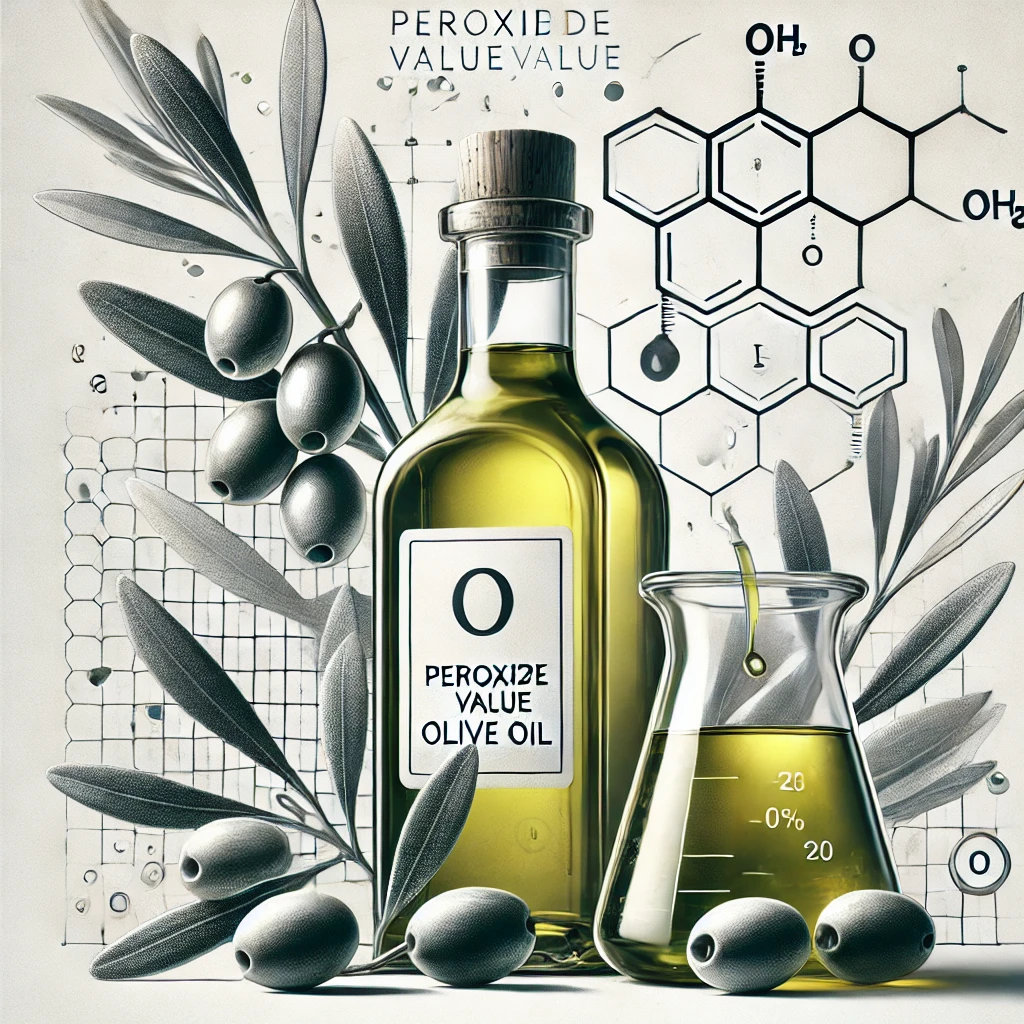The Importance of Our Low Peroxide Value. 4.00 meq O2/kg

The peroxide value (PV) in olive oil is a measure of the amount of peroxide present, which indicates the level of primary oxidation. Essentially, it shows how much the oil has begun to deteriorate due to exposure to oxygen. It's a critical quality parameter in assessing olive oil freshness and stability.
Key Points:
- What It Measures:
- Peroxides are by products of lipid oxidation. A high PV indicates that the oil is oxidizing and might have started to go rancid.
- A low PV suggests the oil is fresh and hasn't been significantly degraded.
- Acceptable Levels:
- For extra virgin olive oil (EVOO), the International Olive Council (IOC) sets the maximum PV at 20 milliequivalents of oxygen per kilogram (meq O₂/kg).
- Premium-quality EVOOs typically have a PV between 0 and 10, and the lower, the better.
- Benefits of Low PV:
- A low peroxide value correlates with a fresh and stable oil that retains its health benefits, flavour, and shelf life.
- It indicates a high presence of antioxidants like polyphenols, which delay oxidation.
- Is 6.00 Good?:
- Yes, a PV of 6.00 meq O₂/kg is excellent for extra virgin olive oil. It reflects freshness and quality, suggesting that the oil has been well-produced, stored, and handled.
Tips for Maintaining a Low Peroxide Value:
- Store olive oil in a cool, dark place, away from heat, light, and air.
- Use airtight containers and minimise exposure to oxygen during use and bottling.
- Prioritise consuming fresh oil, ideally within a year of production.
If your olive oil has a PV of 6.00, it likely offers both a fresh taste and strong health benefits, making it ideal for showcasing its quality to customers